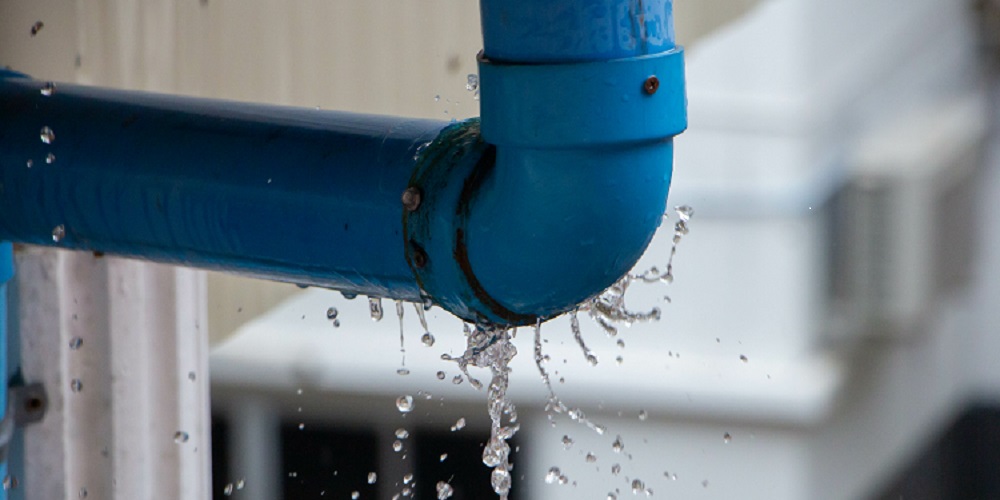Overview To Water Leakage Detection At Home
Overview To Water Leakage Detection At Home
Blog Article
We've come across this post about Leaking water lines down the page on the web and decided it made good sense to talk about it with you on this site.

Early discovery of leaking water lines can mitigate a prospective disaster. Some tiny water leaks may not be noticeable.
1. Take A Look At the Water Meter
Every residence has a water meter. Examining it is a surefire way that helps you discover leaks. For starters, turn off all the water sources. Guarantee no person will certainly purge, make use of the faucet, shower, run the washing maker or dish washer. From there, go to the meter and watch if it will alter. Given that nobody is utilizing it, there should be no activities. That suggests a fast-moving leakage if it moves. If you spot no modifications, wait an hour or two and check back once more. This suggests you might have a slow leak that might even be underground.
2. Examine Water Usage
If you find abrupt changes, regardless of your usage being the same, it indicates that you have leaks in your plumbing system. An abrupt spike in your expense indicates a fast-moving leakage.
Meanwhile, a constant increase on a monthly basis, despite the same practices, shows you have a sluggish leak that's likewise slowly intensifying. Call a plumber to thoroughly inspect your residential or commercial property, specifically if you feel a cozy location on your floor with piping beneath.
3. Do a Food Coloring Examination
When it comes to water intake, 30% comes from toilets. If the color somehow infiltrates your dish throughout that time without flushing, there's a leakage in between the tank as well as dish.
4. Asses Outside Lines
Do not neglect to examine your exterior water lines too. Ought to water seep out of the link, you have a loose rubber gasket. One tiny leak can waste lots of water as well as spike your water costs.
5. Evaluate the situation as well as inspect
Homeowners should make it a habit to check under the sink counters and also inside cupboards for any bad odor or mold development. These 2 warnings indicate a leak so timely focus is called for. Doing regular inspections, also bi-annually, can conserve you from a significant problem.
Check for stainings and compromising as most appliances as well as pipes have a life expectancy. If you believe dripping water lines in your plumbing system, don't wait for it to intensify.
Early discovery of leaking water lines can mitigate a prospective disaster. Some little water leakages might not be noticeable. Examining it is a guaranteed means that aids you discover leaks. One little leakage can squander loads of water and surge your water expense.
If you suspect dripping water lines in your plumbing system, do not wait for it to escalate.
WARNING SIGNS OF WATER LEAKAGE BEHIND THE WALL
PERSISTENT MUSTY ODORS
As water slowly drips from a leaky pipe inside the wall, flooring and sheetrock stay damp and develop an odor similar to wet cardboard. It generates a musty smell that can help you find hidden leaks.
MOLD IN UNUSUAL AREAS
Mold usually grows in wet areas like kitchens, baths and laundry rooms. If you spot the stuff on walls or baseboards in other rooms of the house, it’s a good indicator of undetected water leaks.
STAINS THAT GROW
When mold thrives around a leaky pipe, it sometimes takes hold on the inside surface of the affected wall. A growing stain on otherwise clean sheetrock is often your sign of a hidden plumbing problem.
PEELING OR BUBBLING WALLPAPER / PAINT
This clue is easy to miss in rooms that don’t get much use. When you see wallpaper separating along seams or paint bubbling or flaking off the wall, blame sheetrock that stays wet because of an undetected leak.
BUCKLED CEILINGS AND STAINED FLOORS
If ceilings or floors in bathrooms, kitchens or laundry areas develop structural problems, don’t rule out constant damp inside the walls. Wet sheetrock can affect adjacent framing, flooring and ceilings.
https://www.servicemasterbyzaba.com/blog/how-to-detect-water-leakage-in-walls/

Do you like reading up on Leaking water lines? Put feedback below. We will be delighted to find out your responses about this write up. In hopes that you visit us again in the near future. Do you know about somebody who is interested by the topic? Be sure share it. Thank you for your time. Visit us again soon.
Report this page